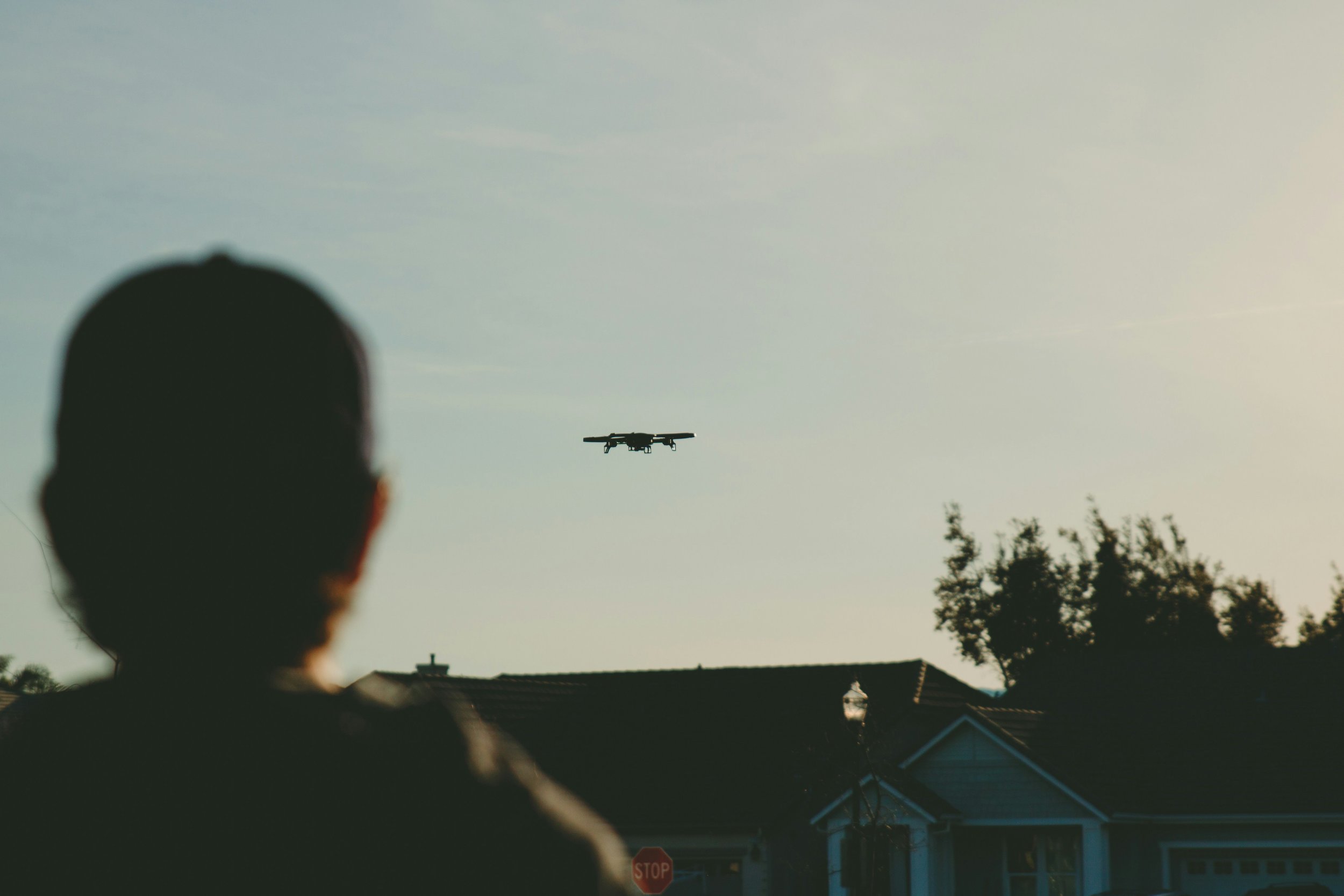Aerial Inspections
Advancing Aerial Inspection Efficiency & Accuracy

Project Summary
Less Usability Concerns
40%
An aerial imagery company improved customer experience through user research, streamlining onboarding and inspections. Interviews revealed insights that led to practical changes, creating a more intuitive process that boosted efficiency and customer satisfaction.
Increased Pilot Confidence
80%
Reduced Image Requests
30%
Background
An aerial imagery and data analytics leader sought to improve the user experience for its contracted pilots conducting ground and roof inspections. While the app provided essential tools for capturing inspection images, user feedback indicated several challenges that affected efficiency and confidence. To address these concerns, I conducted a pilot research study to identify pain points and recommend design improvements.
Challenge
The research identified several key challenges faced by pilots using the mobile app. Pilots were highly confident in drone operation but struggled with ground inspection requirements due to limited prior experience in the insurance industry. Many feared that photos taken from a distance might not accurately convey damage severity, potentially affecting insurance assessments. A long gap between online and in-person training led to confusion during their first solo inspections. Pilots wanted more control over their work schedules, a smoother screen rotation experience, and improved tagging and annotation features to enhance communication with adjusters. Additionally, connection disruptions and rapid battery depletion during facet editing caused inefficiencies in the inspection workflow.
Solution
The client implemented several design and training enhancements to address these challenges. In-person training was emphasized earlier in the onboarding process to build pilot confidence in ground inspections. A comprehensive "tips and tricks" guide was introduced to provide quick references during inspections. Clearer definitions and instructions on tagging soft metals, personal property, and anomalies were incorporated to standardize reporting. A smoother screen rotation transition was developed to reduce pilot discomfort. Image tagging and annotation capabilities were improved, allowing pilots to add context for adjusters. Pilots were given greater scheduling flexibility to manage their availability more efficiently.
The app was updated to retain pilot login credentials, reducing unnecessary re-logins. Battery management recommendations were introduced to maximize drone flight time. The ability to define the drone’s starting point for scanning was integrated to improve connection reliability.
Results
The implemented solutions led to significant improvements in pilot efficiency and satisfaction. 80% of pilots reported feeling more confident in performing ground inspections after early in-person training. The addition of tagging and annotation features led to a 30% reduction in adjuster requests for additional images. The streamlined screen rotation and navigation updates reduced pilot-reported usability concerns by 40%. Battery management improvements and connection stability enhancements resulted in a 25% decrease in drone relaunch incidents.





